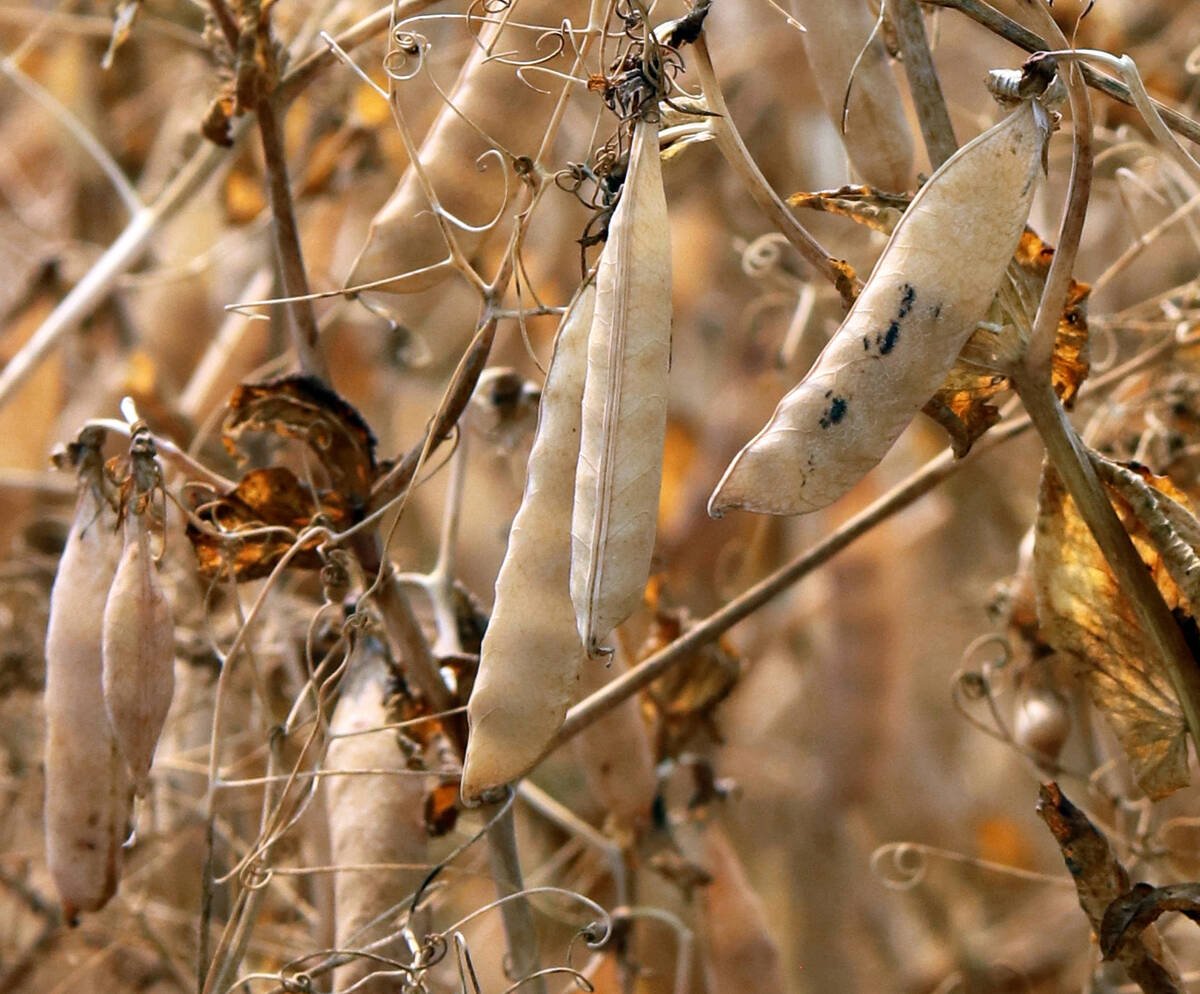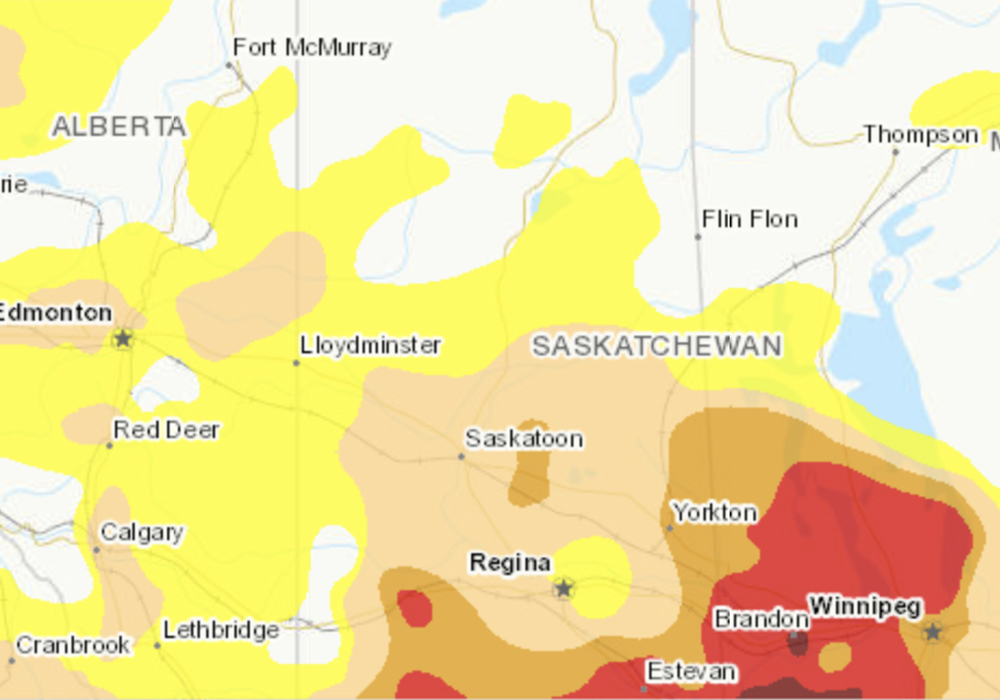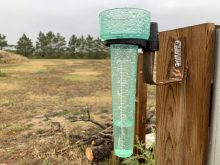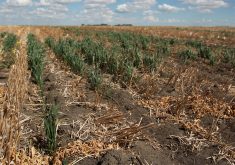It’s easy to recognize a drought.
Lawns are brown, crops wilt in the sun and the rain gauge shows only a half-inch of precipitation in the last three months.
It’s more difficult to predict what is coming up in the next 30 days. Will the drought get worse, or will conditions improve?
Despite the difficulties, climate experts with Agriculture Canada have created a new forecasting tool called the Drought Outlook, which they unveiled in late June.
“(It) is the first tool of its kind in Canada for predicting future regional drought conditions,” Agriculture Canada said in a news release. “(The) new Drought Outlook tool is as close to a ‘crystal ball’ as future drought predictions can get.”
Read Also

Trump’s tariffs take their toll on U.S. producers
U.S. farmers say Trump’s tariffs have been devastating for growers in that country.
Trevor Hadwen, agro-climate specialist with Ag Canada in Regina, was part of the team that developed the outlook. It took nearly a year to build the forecasting model, but the work was necessary because farmers and natural resource managers need to know if a drought will get worse, get better or stay the same. Such information could help farmers make decisions about things like grazing, crop selection and seeding dates.
“Up until now, we have not had a good way to forecast future conditions and provide farmers… with the ability to look forward and see what those drought conditions might look like into the future,” Hadwen said.
Agriculture Canada already has a Drought Monitor, which tracks the extent and severity of drought across 10 provinces and two territories (except Nunavut). They use that information, combined with a 30-day weather forecast from Environment Canada and other sources, to predict drought conditions a month into the future.
“This allows (us) to classify drought as improving, degrading or remaining the same,” Hadwen said.
The computer model also considers the historical climate record. For instance, 1988 was a summer with a severe drought in Western Canada. If (for example) it rained one inch on July 10 of 1988, the model could use what happened that summer to predict what would happen in a similar scenario.
“(So) if we’re going to receive a little bit of rain, mid-summer, and we had a fairly significant drought, the model is going to say that rain is likely not enough to remove the drought, or (warrant) an improvement,” Hadwen said.
The Drought Outlook is sophisticated but long-term weather forecasting is not easy. The atmosphere is complex and a prediction about future drought will always be a prediction, not a certainty.
Still, the scientists are using a number of weather forecasts to make their predictions as reliable as possible.
“Thirty days is (a time period) that is challenging, for sure…. It’s not always going to be perfectly accurate, (but) we’re looking at 21 different model forecasts,” Hadwen said. “Those models are all thrown together and we utilize the most likely scenario… to develop our Drought Outlook.”
As well, the computer model will get better over time, as machine learning is built into the system.
















